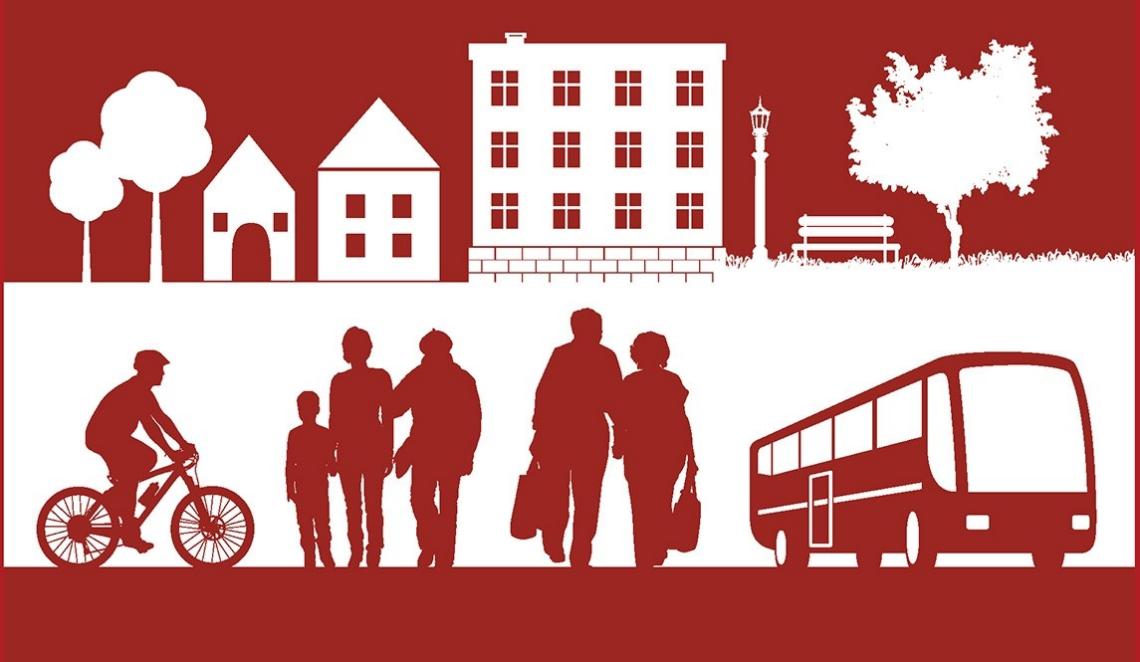AARP Hearing Center
By Samantha Kanach with Melissa Stanton
At some point, most adults will find themselves providing care for another person. The same adults might someday need help caring for themselves.
The AARP Livable Communities Technical Advisors Program (often referred to as LC-TAP) and AARP state offices nationwide have been working with livability experts, local leaders and volunteers to identify barriers and provide contextual solutions for addressing livability needs, including those that support caregiving.
Encouraging 'UD' in Alabama and North Dakota


Consistent with previous AARP surveys, the 2024 AARP Home and Community Preferences Survey found that 3 out of 4 adults want to reside in their current home for as long as possible.
Home modifications — such as grab bars in the bathroom, easy-to-reach storage solutions, zero-step entry and exit options — can reduce the risk of injuries, including from falls. These types of home features are referred to as universal design (or UD) because the spaces are safe, comfortable and useful for people of all ages and abilities. Because UD products and home features are attractively styled, the solutions are marketable to a broad audience. Older adults seeking to live safely and independently can add UD improvements to their current home or pursue relocating to a home that already contains the UD features they need.
In Fargo, North Dakota, AARP North Dakota hosted a housing design competition with help from the RL Mace Universal Design Institute to encourage local design professionals to think about ways to create attainable, missing-middle-style, aging-friendly housing in in the city. (Some submissions to the contest appear in the AARP Housing Design Competition Tool Kit.)
The city government of Birmingham, Alabama, engaged with AARP Alabama to encourage the creation of accessory dwelling units featuring universal design. A conceptual site plan (pictured) was created with support from Opticos Design to demonstrate the addition of an age-friendly ADU on a typical residential lot.
Supporting the Care Economy in Rhode Island


AARP Rhode Island used LC-TAP support from Smart Growth America to raise awareness about how a lack of workforce housing impacts the ability of older residents to secure long-term care and supplemental services.
In 2024, AARP invited state and local leaders from the housing and long-term care sectors to the Housing for the Care Economy Workshop as a forum for discussing how access to quality, affordable housing could help in recruiting and retaining direct care workers. Among the ideas:
- repurposing vacant land or space associated with existing long-term care facilities
- reimbursing facilities that provide housing assistance
- incentivizing the creation of multigenerational housing and/or community-based models
- incorporating housing- and caregiving-related incentives into local zoning


































































